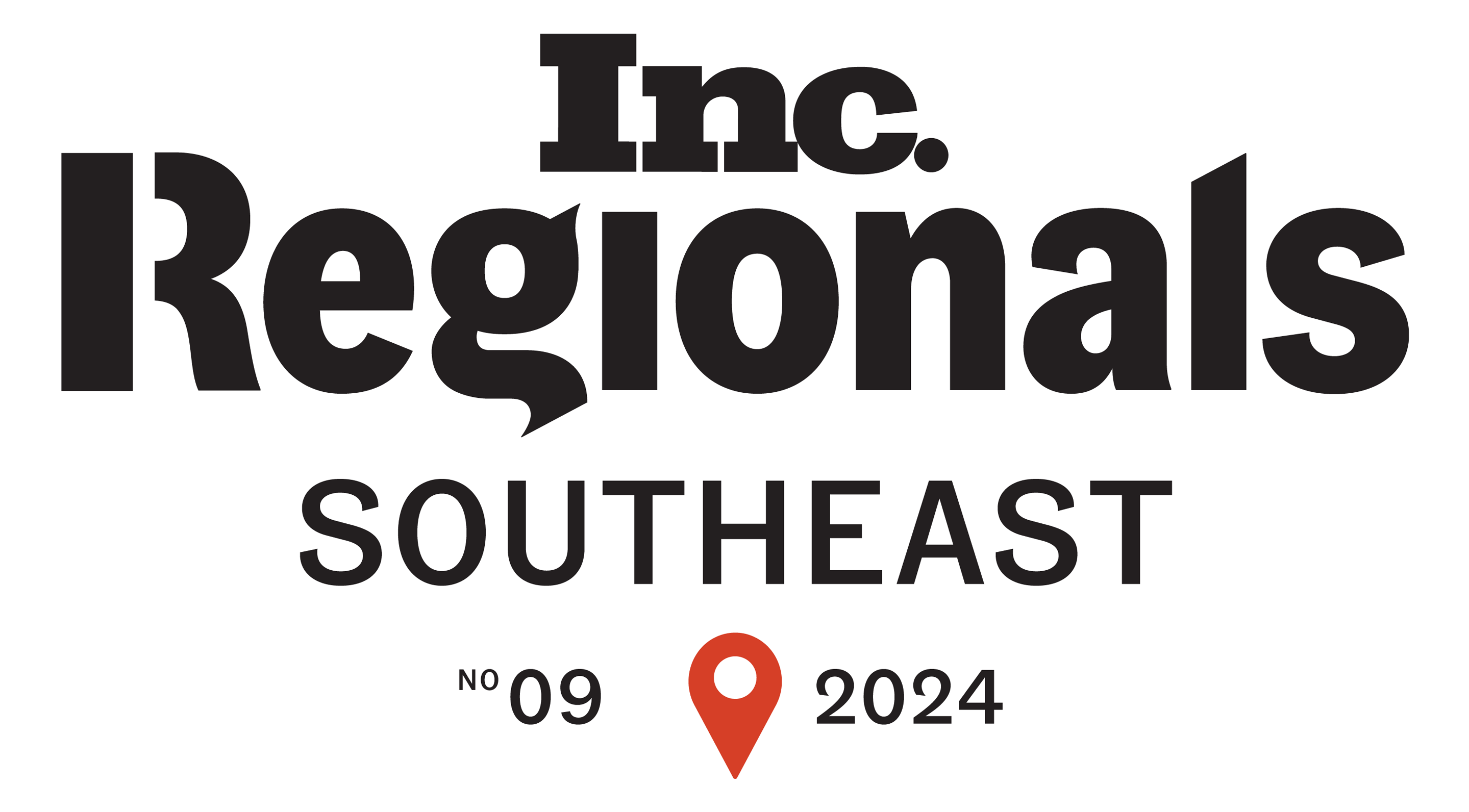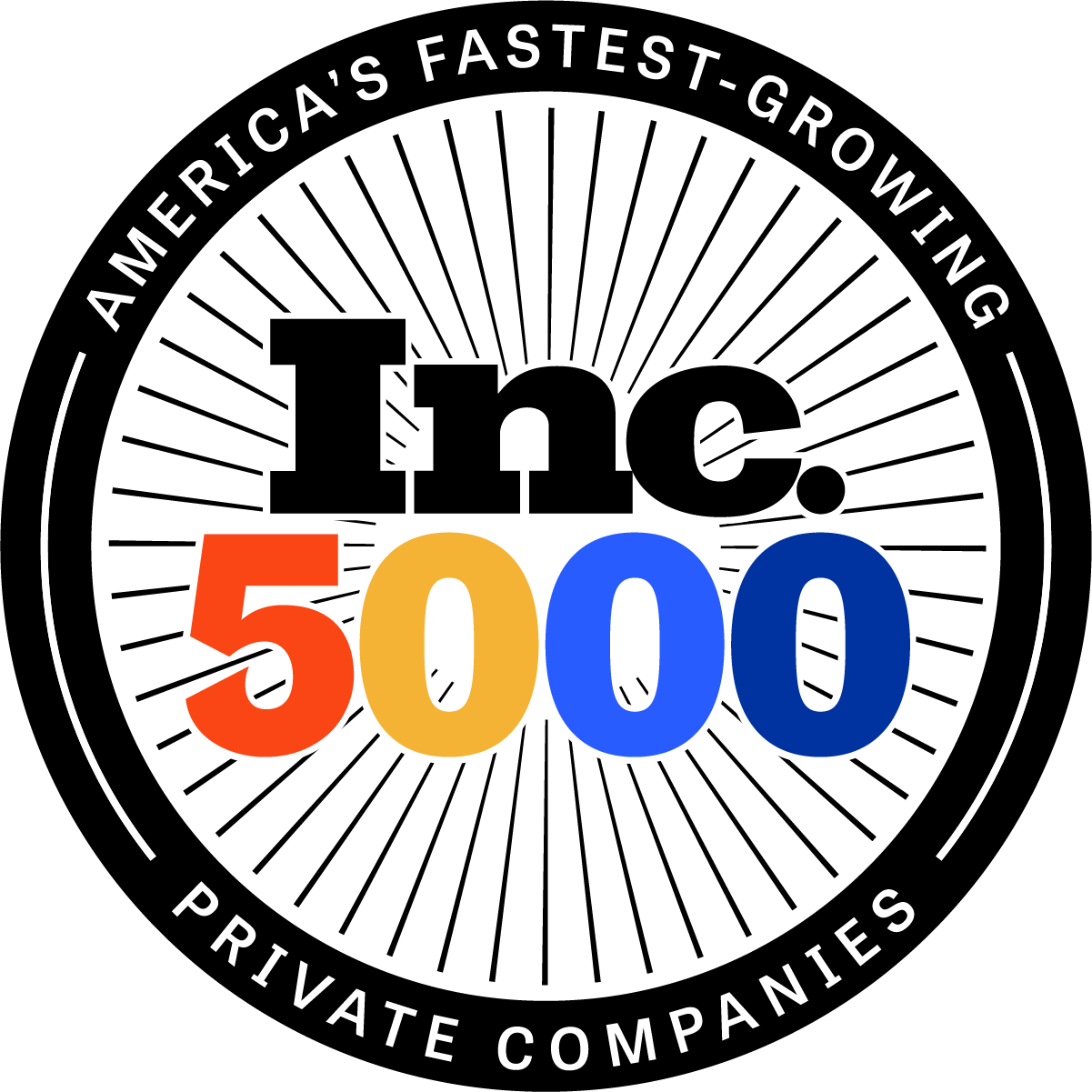Ever feel like you're drowning in paperwork? You're not alone. Many manufacturers and OEMs struggle with managing claims efficiently. But there's good news! Electronic documentation is changing the game. It's making claims management faster, easier, and more accurate. In this article, we'll explore how going digital can save you time, money, and headaches. Ready to learn more? Let's jump in!
The Benefits of Electronic Documentation
Electronic documentation is a game-changer for claims management. It's like having a super-organized digital filing cabinet at your fingertips. No more digging through stacks of paper or worrying about lost documents.
With electronic systems, you can find what you need in seconds. Need to check on a claim from last year? Just type it into the search bar, and boom! It's right there. This speed and ease of access can save you hours each week.
But it's not just about saving time. Electronic documentation also helps cut down on errors. When everything's digital, there's less chance of typos or misplaced information. Plus, you can set up automatic checks to catch mistakes before they become big problems.
Another big plus? You can access your documents from anywhere. Whether you're in the office, at home, or on a business trip, your files are always just a click away. This flexibility is huge in today's fast-paced business world.
Improving Accuracy and Compliance
Let's talk about accuracy. In claims management, even small mistakes can lead to big headaches. Electronic documentation helps you avoid these pitfalls.
With digital systems, you can set up standardized forms and processes. This means everyone in your company follows the same steps when handling claims. It's like having a digital checklist that ensures nothing gets missed.
What about compliance? We all know how important it is to follow industry rules and regulations. Electronic systems can be a huge help here. They can automatically flag any issues that might not meet compliance standards. It's like having a built-in compliance expert watching over your shoulder.
These systems can also keep track of important dates and deadlines. No more missing critical timelines because a note got lost on someone's desk. The system can send automatic reminders to make sure everything stays on track.

Enhancing Collaboration and Communication
Good communication is key in claims management. Electronic documentation makes it easier for teams to work together, even if they're not in the same office.
Think about it. With a digital system, multiple people can view and work on the same document at the same time. No more waiting for someone to finish with a file before you can take a look. This real-time collaboration can speed up the claims process significantly.
Electronic systems also make it easy to track changes and comments. You can see who made what changes and when. This transparency helps prevent misunderstandings and keeps everyone on the same page.
Plus, these systems often come with built-in messaging features. Need to ask a quick question about a claim? Just send a message right in the system. It's faster than email and keeps all your communication in one place.
Cost Savings and Efficiency
Let's talk money. Electronic documentation can lead to significant cost savings for your business. How? Well, think about all the expenses that come with paper-based systems. There's the cost of paper, ink, and storage space. Plus, there's the time your staff spends managing all that paperwork.
With electronic systems, these costs drop dramatically. You'll use less paper and ink, and you won't need as much physical storage space. Your team will spend less time on manual data entry and filing, freeing them up for more important tasks.
But the savings go beyond just cutting costs. Electronic documentation can help you process claims faster. This means you can handle more claims in less time, potentially increasing your revenue.
Here's a quick look at some potential savings:
Area |
Potential Savings |
Paper and Printing |
50-80% reduction |
Storage Costs |
60-70% reduction |
Processing Time |
30-40% faster |
Getting Started with Electronic Documentation
Ready to make the switch to electronic documentation? Great! But where do you start? Here are some steps to help you get going:
- Assess your current system. What's working? What's not?
- Research different electronic documentation solutions.
- Choose a system that fits your needs and budget.
- Plan for data migration. How will you move your existing files?
- Train your team on the new system.
Remember, the transition doesn't have to happen overnight. Many companies start with a pilot project in one department before rolling out the system company-wide.
As you make the switch, keep your team in the loop. Change can be challenging, but when everyone understands the benefits, they're more likely to get on board.
With the right approach, electronic documentation can transform your claims management process. It's not just about going paperless—it's about working smarter, faster, and more efficiently.

Implementing Electronic Documentation: A Step-by-Step Guide
Ready to make the switch to electronic documentation? Great choice! Let's walk through how to get started. Remember, this isn't a one-size-fits-all process. You'll need to tailor these steps to fit your company's unique needs.
Assessing Your Current System
Before you dive in, take a good look at your current setup. What's working well? What's causing headaches? Make a list of your pain points. Maybe you're drowning in paperwork, or important documents keep getting lost. Understanding these issues will help you pick the right electronic system.
Next, think about your goals. What do you want to achieve with electronic documentation? Faster processing times? Better organization? Improved customer service? Write these goals down. They'll guide your decisions as you move forward.
Choosing the Right System
Now comes the fun part – picking your new system! There are lots of options out there, so do your homework. Look for systems that address your specific needs. For example, if you deal with lots of different document types, you'll want a system with flexible templates.
Don't forget about ease of use. The best system in the world won't help if your team finds it confusing. Look for user-friendly interfaces and good customer support. And make sure it can grow with your business. You don't want to outgrow your new system in a year or two.
Planning for Data Migration
Once you've picked your system, it's time to think about moving your existing files. This can be a big job, so plan carefully. Start by deciding which documents need to be moved. Do you need everything from the past five years? Ten years? Work with your team to figure this out.
Next, think about how you'll organize these files in the new system. This is a great chance to clean up your filing system. Create a clear folder structure that makes sense for your business. And don't forget to set up a naming convention for your files. This will make them much easier to find later.
Training Your Team
Your new system is only as good as the people using it. That's why training is so important. Plan for thorough training sessions for all your staff. This might take some time, but it's worth it in the long run.
Start with the basics – how to log in, how to search for documents, how to upload new files. Then move on to more advanced features. Make sure everyone understands how the new system fits into their daily work. And be patient – it might take a while for everyone to get comfortable with the change.
Rolling Out the New System
Now it's time for the big switch! But don't try to do everything at once. A phased rollout is usually the best approach. Start with one department or one type of document. This lets you work out any kinks before you roll it out company-wide.
Keep a close eye on things during this time. Are people using the system correctly? Are there any unexpected issues? Be ready to make adjustments as needed. And make sure you have good tech support on hand to help with any problems.
Measuring Success
How will you know if your new system is working? By measuring its impact! Remember those goals you set at the beginning? Now's the time to check on them. Are you processing claims faster? Has customer satisfaction improved? Keep track of these metrics.
Don't just look at the numbers, though. Talk to your team. Are they finding the new system helpful? What do they like or dislike about it? Their feedback is invaluable for making ongoing improvements.
Continuous Improvement
Congratulations! You've successfully implemented your new electronic documentation system. But your work isn't over yet. Technology is always changing, and so are business needs. Keep an eye out for new features or updates that could make your system even better.
Regular check-ins with your team can help you spot areas for improvement. Maybe there's a new type of document you need to handle, or a process that could be streamlined further. Stay open to these opportunities for growth.
Remember, the switch to electronic documentation is a journey, not a destination. With careful planning and ongoing attention, you can create a system that truly transforms your claims management process. Happy documenting!
Customizing Your Electronic Documentation System
When it comes to setting up your electronic documentation system, one size doesn't fit all. Every company has its own unique needs and processes. That's why it's crucial to customize your system to work best for you.
Start by looking at your current workflow. What types of documents do you handle most often? How do different teams use these documents? Understanding these patterns will help you set up a system that matches your real-world needs.
Next, think about how you want to organize your files. A good folder structure can make a world of difference. Create main categories that make sense for your business, then add subcategories as needed. For example, you might have a main folder for each product line, with subfolders for design documents, quality control reports, and customer feedback.
Don't forget about naming conventions. A consistent way of naming files can save you hours of searching later on. Consider including key information like the date, document type, and project name in each file name. For instance, "2023-05-15_QualityReport_ProductA.pdf" tells you at a glance what the document is and when it was created.
Enhancing Security and Access Control
Security is a top concern when it comes to electronic documentation, especially for manufacturers dealing with sensitive product information. Your system should have robust security features to protect your valuable data.
Start with strong access controls. Not everyone in your company needs access to every document. Set up different levels of access based on job roles. This way, team members can see what they need for their work, but sensitive information stays protected.
Two-factor authentication is another key security feature. It adds an extra layer of protection by requiring users to provide two different types of identification before accessing the system. This could be a password plus a code sent to their phone, for example.
Regular backups are also crucial. Make sure your system automatically backs up all documents on a regular schedule. Store these backups in a secure, off-site location. This way, even if something happens to your main system, your important documents are safe.
Improving Collaboration and Workflow
One of the biggest advantages of electronic documentation is how it can improve teamwork and streamline your processes. Look for features that make collaboration easier.
Version control is a must-have. It lets you track changes to documents over time, see who made what changes, and revert to earlier versions if needed. This is especially useful for complex projects where multiple team members are working on the same documents.
Consider a system with built-in commenting and approval workflows. This can speed up review processes and keep everyone on the same page. Team members can leave comments directly on documents, and managers can easily see what needs their approval.
Integration with other tools is another key feature to look for. Your electronic documentation system should play nice with the other software you use daily. For example, it might connect with your project management tool to automatically update task statuses when documents are approved.
Training and Adoption
Even the best system won't help if your team doesn't know how to use it. That's why training is so important when implementing a new electronic documentation system.
Start with thorough training sessions for all staff members. Cover the basics, like how to upload and find documents, but also dive into more advanced features that can save time and improve work quality.
Create easy-to-follow guides that people can refer to later. Short video tutorials can be especially helpful for visual learners. Make sure these resources are easily accessible to everyone.
Remember that people learn at different paces. Some team members might need extra support as they get used to the new system. Consider setting up a buddy system where more tech-savvy employees can help their colleagues.
Your electronic documentation system isn't a "set it and forget it" tool. To get the most out of it, you need to keep improving and adapting it over time.
Regularly ask for feedback from your team. What's working well? What's causing frustration? Use this input to make tweaks and improvements to the system.
Keep an eye on new features and updates from your system provider. Sometimes a small new feature can make a big difference in how efficiently you work.
As your business grows and changes, your documentation needs might change too. Review your system setup periodically to make sure it still meets your needs. Don't be afraid to make big changes if necessary.
At OnPoint Warranty, we understand the challenges manufacturers face when managing documentation. We've seen firsthand how the right electronic system can transform operations, streamline processes, and boost efficiency. Our expertise in warranty management and service administration gives us unique insights into the documentation needs of manufacturers.
We believe that a well-implemented electronic documentation system is more than just a way to store files – it's a powerful tool that can drive your business forward. By focusing on customization, security, collaboration, and continuous improvement, you can create a system that truly works for your team.
Ready to take your documentation to the next level? We're here to help. Our team can guide you through the process of selecting, implementing, and optimizing an electronic documentation system that meets your specific needs. Let's work together to streamline your operations and set your business up for success.
Next Steps
Ready to turn your warranties into a customer loyalty goldmine?
Don't let warranty management be an afterthought. Embrace it as a powerful opportunity to build trust, showcase your values, and create customers for life.
And if you want to take your warranty game to the next level, it's time to learn more about OnPoint Warranty.
OnPoint Warranty is your secret weapon for transforming warranties from a necessary evil into a competitive advantage. With their cutting-edge platform and expert support, you can:
- Streamline your claims process for maximum efficiency and customer satisfaction
- Offer extended warranties that delight customers and differentiate your brand
- Leverage warranty data for personalized, proactive customer engagement
- And much more
If you're serious about building customer loyalty that lasts, you can't afford to ignore the power of warranties. And you can't afford to settle for anything less than the best in warranty management.
So what are you waiting for? Give us a shout today and learn how we can help you turn warranties into a customer loyalty goldmine. Your customers (and your bottom line) will thank you.








